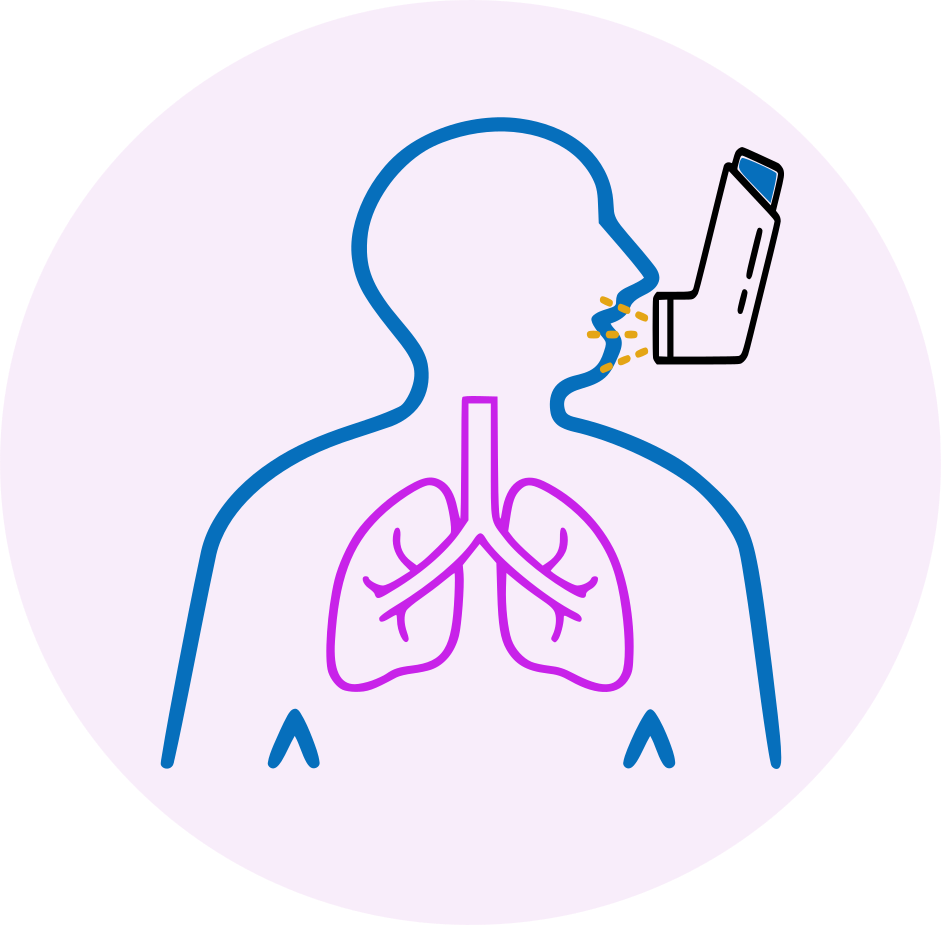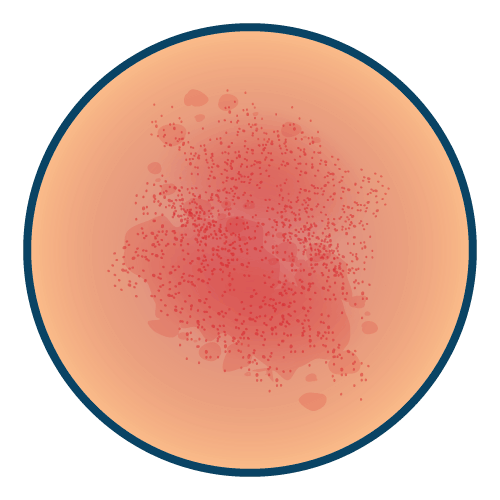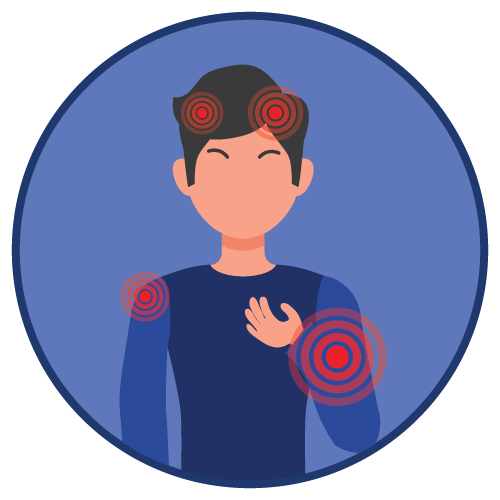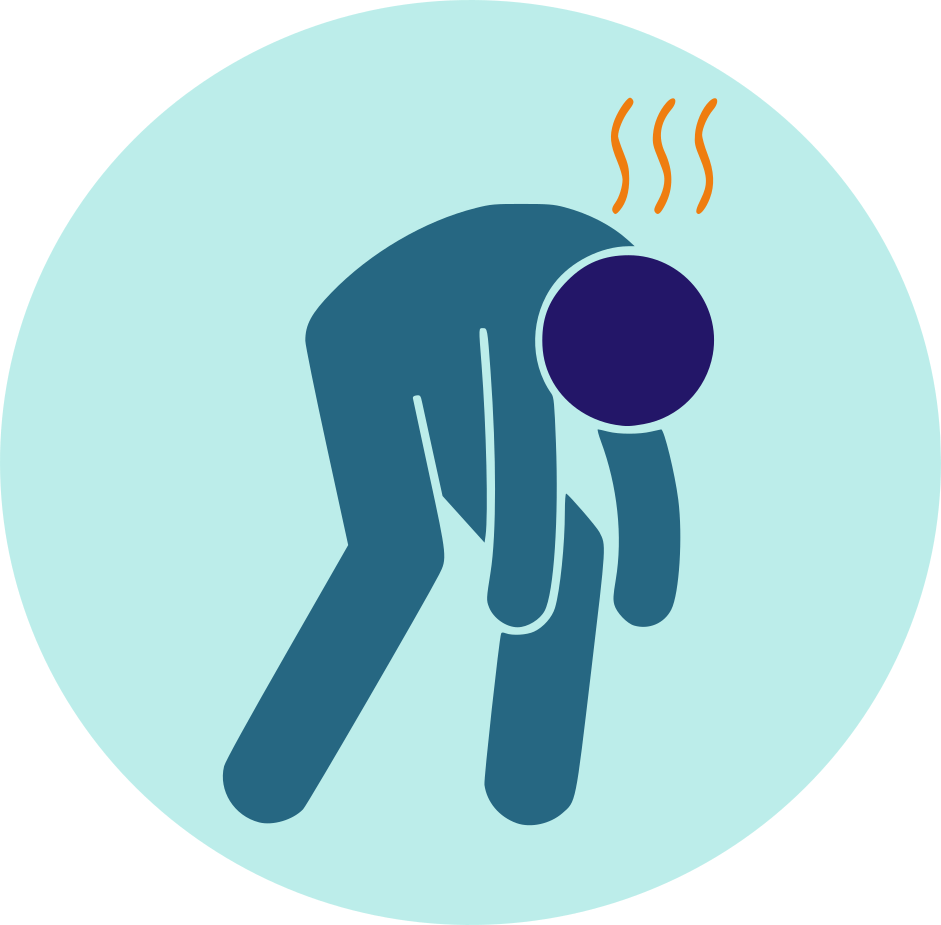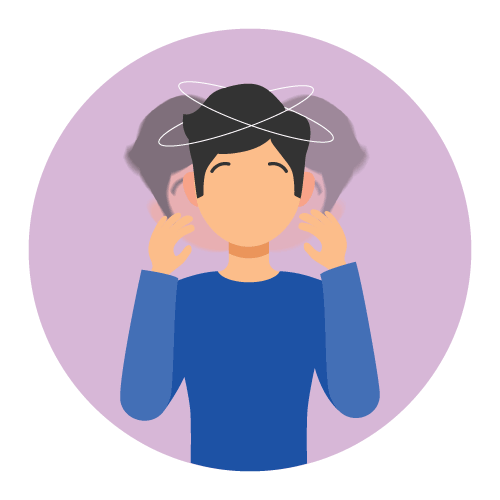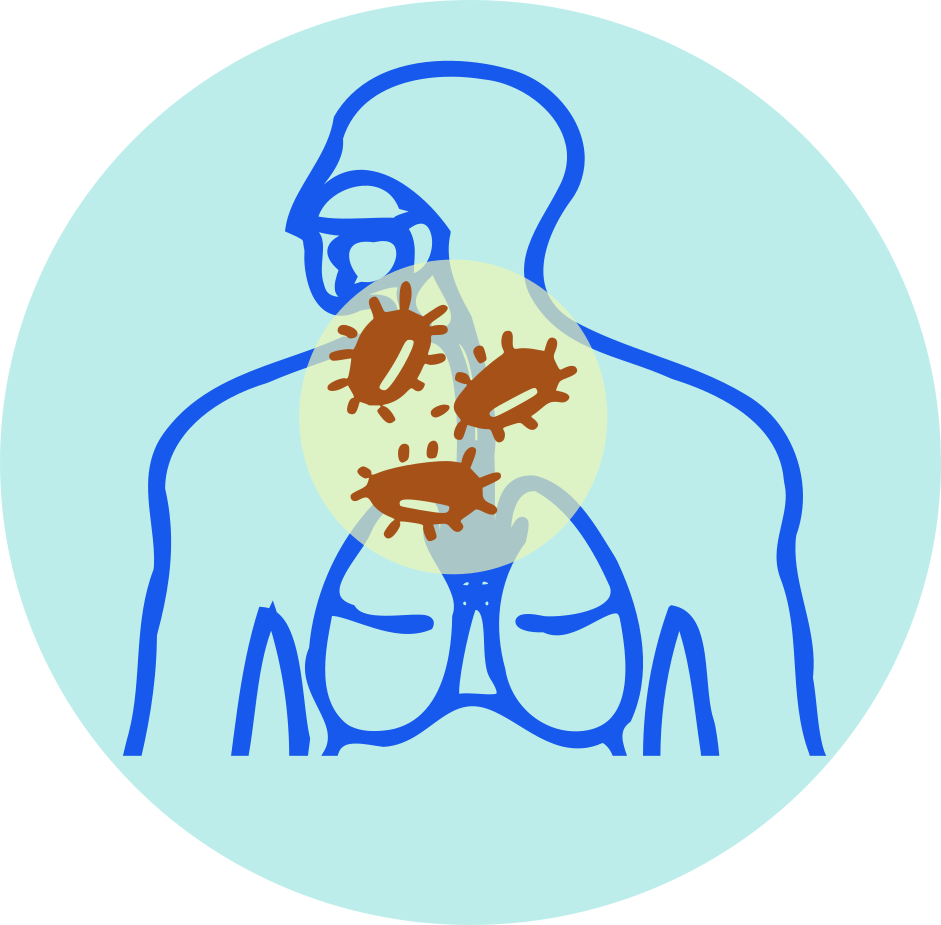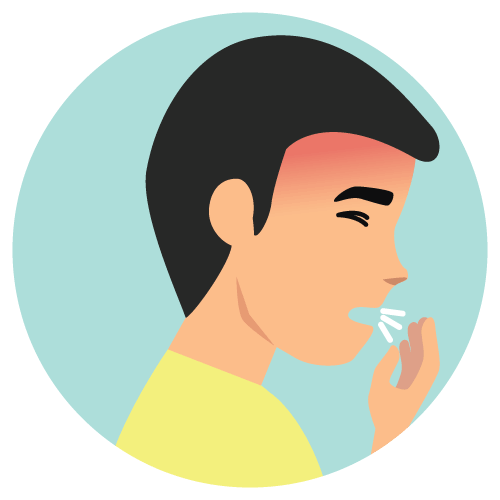| Name | Omalizumab |
| Classes |
Monoclonal Antibodies Antiasthmatic |
| Diseases |
Omalizumab
Omalizumab is an anti-IgE antibody. Omalizumab inhibits the binding of IgE to the high-affinity IgE receptor (FcεRI) on the surface of mast cells and basophils. Reduction in surface-bound IgE on FcεRI-bearing cells limits the degree of release of mediators of the allergic response. Treatment with Omalizumab also reduces the number of FcεRI receptors on basophils in atopic patients.
Omalizumab is indicated for the following conditions-
- Moderate to severe persistent asthma in patients 6 years of age and older with a positive skin test or in vitro reactivity to a perennial aeroallergen and symptoms that are inadequately controlled with inhaled corticosteroids.
- Chronic idiopathic urticaria in adults and adolescents 12 years of age and older who remain symptomatic despite H1 antihistamine treatment.
Omalizumab is for subcutaneous (SC) administration only.
Divide doses of more than 150 mg among more than one injection site to limit injections to not more than 150 mg per site.
- Asthma: Omalizumab 75 to 375 mg SC every 2 or 4 weeks. Determine dose (mg) and dosing frequency by serum total IgE level (IU/mL), measured before the start of treatment, and body weight (kg). See the dose determination charts.
- Chronic Idiopathic Urticaria: Omalizumab 150 or 300 mg SC every 4 weeks. Dosing in CIU is not dependent on serum IgE level or body weight.
- Asthma: The most common adverse reactions in clinical studies with adult and adolescent patients ≥12 years of age were arthralgia, pain (general), leg pain, fatigue, dizziness, fracture, arm pain, pruritus, dermatitis, and earache. In clinical studies with pediatric patients 6 to <12 years of age, the most common adverse reactions were nasopharyngitis, headache, pyrexia, upper abdominal pain, pharyngitis streptococcal, otitis media, viral gastroenteritis, arthropod bites, and epistaxis.
- Chronic Idiopathic Urticaria: The most common adverse reactions included the following: nausea, nasopharyngitis, sinusitis, upper respiratory tract infection, viral upper respiratory tract infection, arthralgia, headache, and cough.
- Anaphylaxis has been reported following Xolair administration, with symptoms including bronchospasm, hypotension, syncope, urticaria, and/or angioedema of the throat or tongue. Anaphylaxis has occurred after the first dose of Xolair, but it has also occurred more than a year after starting treatment. Closely monitor patients for an appropriate period of time after Xolair administration and be prepared to manage potentially fatal anaphylaxis. Inform patients about the signs and symptoms of anaphylaxis and encourage them to seek immediate medical attention if symptoms arise.
- Malignancy: Malignancies have been observed in clinical studies.
- Acute Asthma Symptoms: Do not use for the treatment of acute bronchospasm or status asthmaticus.
- Corticosteroid Reduction: Do not abruptly discontinue corticosteroids upon initiation of Xolair therapy.
- Fever, Arthralgia, and Rash: Stop Xolair if patients develop signs and symptoms similar to serum sickness.
- Eosinophilic Conditions: Be alert to eosinophilia, vasculitic rash, worsening pulmonary symptoms, cardiac complications, and/or neuropathy, especially upon reduction of oral corticosteroids.
Contraindication
Contraindicated in patients hypersensitive omalizumab or
 Bangla
Bangla English
English